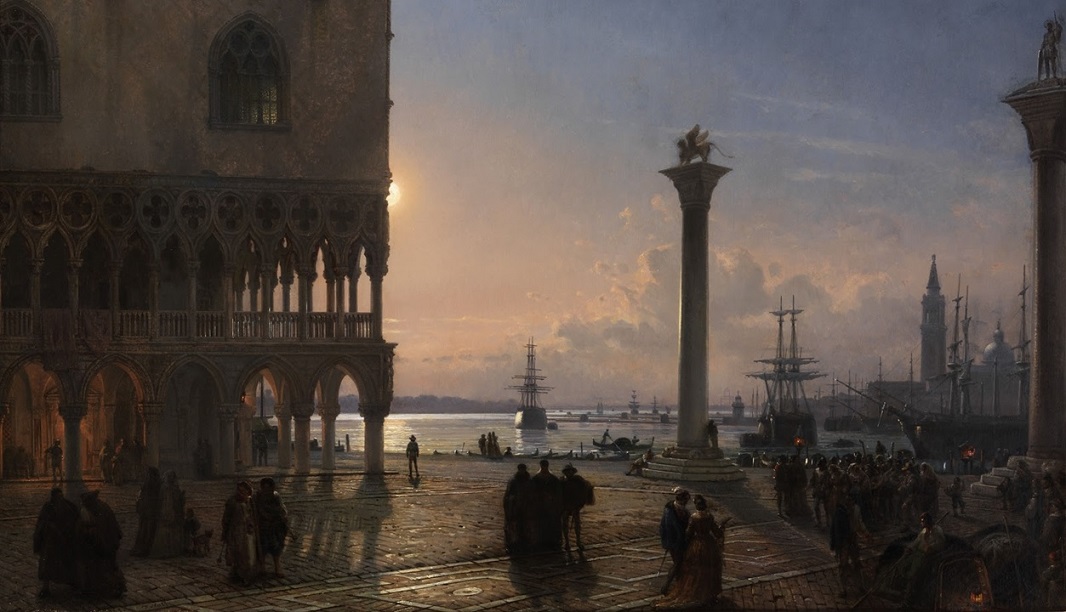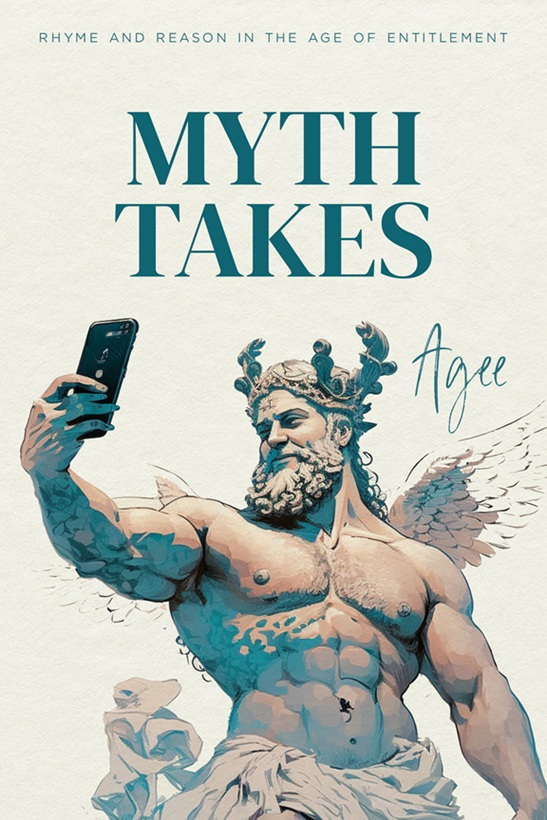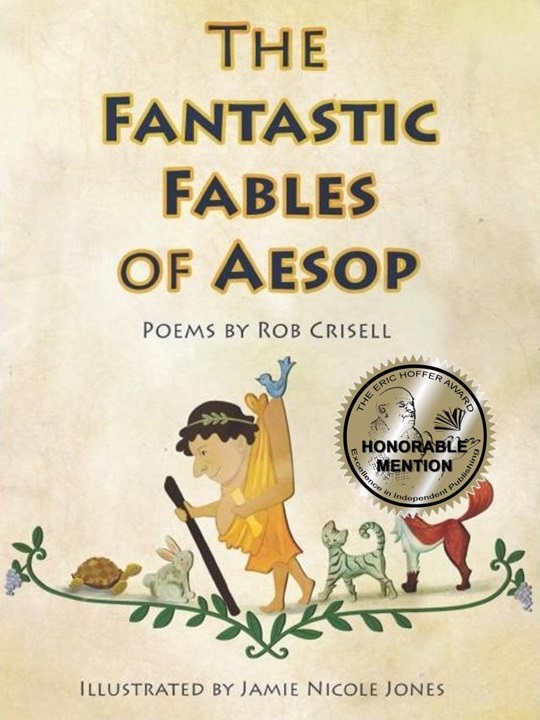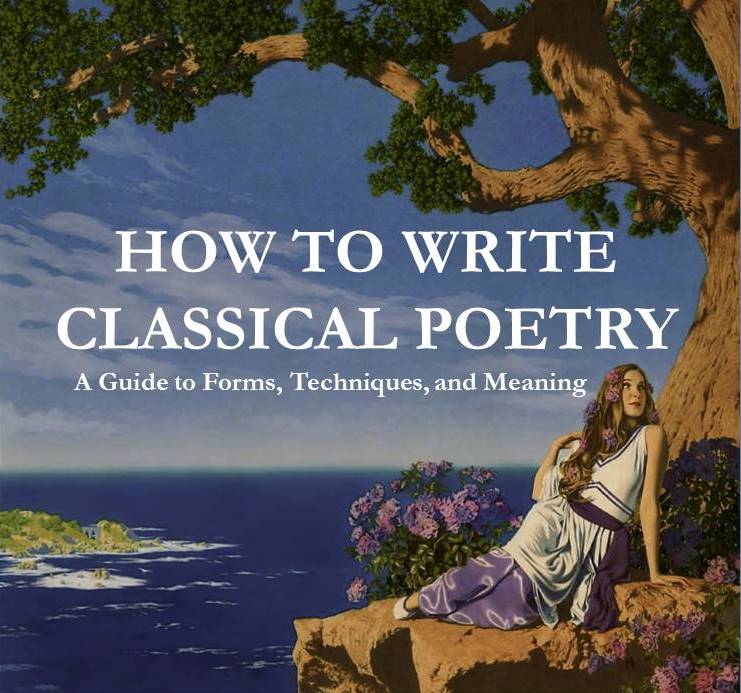.
As Day Transitions to Night
for “JD” and Margaret Coats
There is none of the daylight’s verve—
__no ripples of the sun
in the brook streaming ‘round the curve.
__The day will come undone,
splitting at the seams, for nothing
will stop the pale moon from weaving
stars into the night’s tapestry.
Time progresses: as refugee
I look at the sky so yearningly.
__But there is no sadness;
I’ve grown used to this black sea
__pricked by the stars, but less
so to my chest, which aches to touch.
Though it fades in night’s hush,
when the winds will soothe the sol’s scorn.
How shall I be when comes the morn?
.
.
Alexander Lazarus Wolff is a student at the College of William & Mary. His work has been published or is forthcoming in The Best American Poetry website, The Citron Review, Black Fox Literary Magazine, South Florida Poetry Journal, Main Street Rag, Serotonin, and elsewhere. You can find him and more of his work here: https://www.alexanderlazaruswolff.com/ and on Instagram: @wolffalex108















Some fantastic imagery in this poem – I especially liked the extended metaphor comparing the end of day to splitting seams coming undone, and then being woven into ‘night’s tapestries’.
The looser rhymes (nothing / weaving, and touch / hush) complemented the poem’s topic, transitioning from and into a stricter rhyme scheme. Such nonchalant freedom in a poem is difficult to achieve.
The transition from nature to self, from the first to second stanza, I also thought was masterfully done.
Hats off to you, Alexander. Just when it seemed all’s been said when describing sunset poetically…
Thanks for the read.
I enjoy your unusual constructions, and hope you will publish here again.
A very lovely depiction of time’s passing, inexorable yet still gentle. I agree with Margaret and JD about the grammatical change needed in the transition (which is a small thing in an otherwise beautiful poem). Thanks for sharing this with us. I find this time of transition, around the gloaming-hour, the most beautiful of the day.
Thanks, Alexander, for noticing me in your epigraph to this handsome poem. Let me admire a special touch of transition from first stanza to second. The pale moon weaves stars into night’s tapestry, thus advancing or repairing fabric artistry from the mess of day splitting at the seams. But later, the black sea is “pricked by stars.” Pricking is a fabric technique to make the material beneath show through, and here it is a fine way to indicate that stars are reflected from above rather than really present in the sea. Perhaps the moon as artisan does the pricking, as she did the weaving in the first stanza. It’s especially effective to continue a chosen kind of imagery while making a significant alteration. Well done!
Thank you very much for your attentiveness to my poem! I appreciate it.